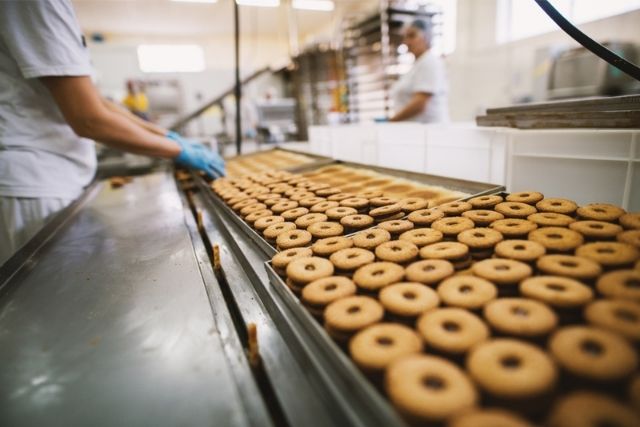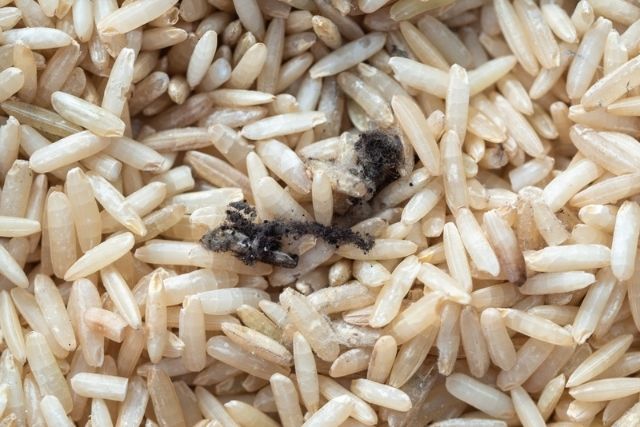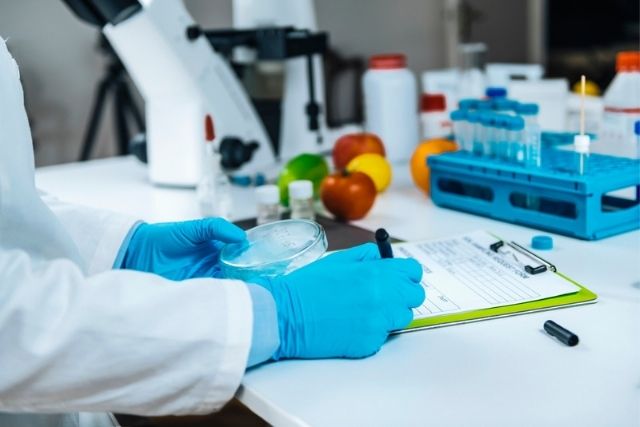
In late 2021 I started working with a client who has produced a range of 3D stereo microscopes which they believe could offer a tangible advancement in compliance with food hygiene and safety procedures in the R&D, NPD and Quality functions of businesses.
Over the past five months I’ve been researching food ingredients, the seed sector, plant-based materials and food manufacturing and external laboratories as well as Food Science Universities, essentially to understand where this new microscope technology might be best used.
What I’ve discovered is how relevant it might be to the R&D, food safety and contamination, quality, authenticity and legality/compliance side, including checking raw materials and ingredients all the way through the supply chain – right until it goes out to the supermarkets.
In particular, there are a few areas of food safety compliance that this new technology could be a game-changer for.
Food contamination

There are a number of different contaminants that can stop food factories complying with food and safety standards. One of the most common is metal contamination, which can come off the various machines used in food processing and packaging. However, while metal detectors can usually alert food production teams to pieces of stray metal, far trickier are items like pieces of bone, glass and plastic, which aren’t so easily detectable in small amounts. In addition, organic contamination (‘filth’ as it is referred to in the USA) such as rat and mammal hairs, and pieces of insects can be found in various food products.
Current X-ray machines do what could be called a serviceable job of scanning foods for density in order to pick up on these contaminants, but problems still persist across the industry. Shards of glass from over-tightened jars, stray pieces of plastic from the picking and packing process, and even tooth fillings from factory line workers are all real issues, finding their way into consumer foods more often than anyone would like. This leads to product recalls, fines and potentially losing business contracts with the supermarkets.
Even more bizarrely, pieces of insects and rodent hairs often find their way into food within factory settings. This can be particularly problematic in places that deal with grains, where substances are ground down. The reassuring fact is we might only be talking about a very few parts-per-million of these contaminates, but there is a feeling that with better checking mechanisms they could be eliminated completely and protect consumers from potentially hazardous materials. More troublingly, without a deep understanding of exactly what these contaminates are or in exactly what amounts, there is often no way to know where they came from. That makes traceability an issue, as well as the prevention that often comes from it.
While twenty to thirty years ago food manufacturers kept those food and safety analyses and forensics in-house, now they’re mostly done by external lab. In some other instances those companies form relationships with universities, while a handful of multinationals may have their own R&D centres. Ingredients suppliers are also tasked with making sure the ingredients they provide to manufacturers meet compliance standards.
The upshot is that while food manufacturers are legally obliged to follow Hazard Analysis and Critical Control Point (HACCP) standards, they actually do relatively little of their own food safety compliance forensics in-house. With that in mind, the question becomes; how can food companies improve safety processes with limited ongoing investment?
One solution could be loaning and trialling fledgling stereo microscopy tech to labs, research centres, universities and similar, enabling them to really get a feel for how it can help manufacturers with compliance with food hygiene and safety procedures.
Food authenticity

One area of food production that food manufacturers do need to constantly keep on top of is food authenticity.
Authenticity in this context relates to the authenticity of ingredients from suppliers. For instance, saffron is one of the world’s most expensive spices, and suppliers have been known to replace it with similarly-coloured 9ingredients or even use paint dyes for colouration – effectively diluting the quality of the product they ship to food processing plants in order to save money and potentially endangering people as well. Equally, there have been horse meat scandals and cheaper pork has been used to dilute more expensive beef.
Food Forensics and testing often use scanning electron microscopes (SEM) and Confocal microscopy; technologies that often cost hundreds of thousands of pounds. While these methods are able to offer deeply detailed results, the equipment can be onerous and difficult to use, the costs are often prohibitive, which leaves food companies, R&D centres and laboratories looking for other more affordable ways to ascertain food authenticity and carry out forensics.
By contrast, the 3D stereo microscopes developed by my client cost far less – tens of thousands of pounds, rather than hundreds. Their ability to greatly magnify in real time 3D to allow a more accurate view for forensics, assessment and R&D also means they’re well-positioned to assist in a myriad of food testing, R&D, quality and forensic testing; giving manufacturers and their partners a reliable way to undertake these much-needed tests without breaking the bank to do so.
Improving quality control in your company
If your food business, laboratory or R&D function is facing issues around quality control, food authenticity and development, and you’ve been looking for a solution that can address these issues without eye-popping investment, 3D stereo microscopy could be the answer.
To learn more about this and related food industry topics, take a look at my past blogs below and get in touch with me to learn more.

